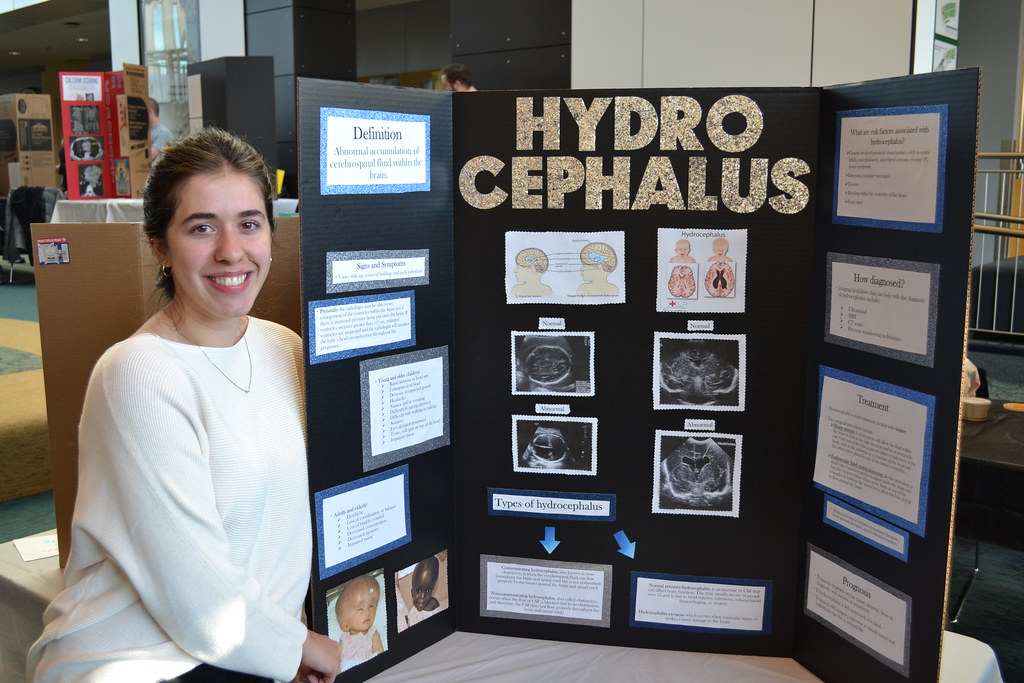Hydrocephalus is a neurological condition marked by an abnormal buildup of cerebrospinal fluid within the brain’s ventricles. The fluid buildup leads to increased pressure that can affect brain function. Symptoms vary by age and severity but often include headaches, cognitive changes, balance issues, and developmental delays. Early recognition is key, as timely diagnosis can significantly improve outcomes. Let’s explore the key symptoms of hydrocephalus and the diagnostic steps used to confirm and manage the condition.
Common Symptoms of Hydrocephalus
Hydrocephalus often leads to a range of symptoms that vary in severity and age. Some symptoms are more noticeable in babies and young children. For instance, a baby’s head might grow bigger than usual because their skull has soft areas that expand. Older children and adults may experience headaches, balance problems, or difficulty concentrating.
Other symptoms include nausea, vomiting, and an unusual feeling of tiredness. People with hydrocephalus may also experience vision problems, such as blurry vision. Some might walk differently, or their movements could feel slower. These signs are key indicators that something isn’t functioning as it should in the brain.
Behavioral changes are another helpful clue. School-aged children often struggle to learn new things or recall information. They may also become more irritable or less active than before. Recognizing these symptoms early could make a big difference in how the condition is managed.
How Hydrocephalus Is Diagnosed
Healthcare providers use several methods to diagnose hydrocephalus. They ask about symptoms and medical history. This helps them understand what is happening and identify patterns that may indicate the condition.
After this, they perform physical tests to look for signs such as unusual head growth in babies or difficulty walking in older children and adults. Imaging tests, such as an MRI or CT scan, provide a clear picture of the brain. These images reveal if there is too much fluid or if the fluid is not flowing correctly. Testing may also involve checking how well the nerves and muscles work. This helps doctors find out if the fluid pressure is causing other problems.
What Happens After Diagnosis
Once hydrocephalus is diagnosed, healthcare providers will decide on the next steps. They will recommend treatment to improve fluid flow in the brain. Sometimes, surgery may be suggested to redirect or remove the extra fluid.
Doctors also monitor how the condition is affecting daily activities. They may track changes in walking, learning, or vision. Preschool-aged children often require more support for their development, while school-aged children may need assistance with learning challenges.
Regular check-ups allow health professionals to watch for any changes in symptoms. Adjustments to treatment or further care may be needed as the condition progresses or improves. These follow-ups are key to effective management and overall well-being.
When To See a Healthcare Provider
It is helpful to visit a healthcare provider if you or someone close shows signs of hydrocephalus. For babies, parents should pay attention to fast head growth, difficulty sleeping, or constant crying. Older children and adults should see a doctor if they experience frequent headaches, dizziness, or trouble concentrating.
A delayed diagnosis could lead to further complications, such as increased pressure inside the head. Timely medical attention is fundamental to reducing risks and receiving effective care. Seeing a healthcare provider early also helps rule out other conditions that may cause similar symptoms.
Schedule Your Hydrocephalus Appointment Today
Hydrocephalus symptoms and diagnosis can feel overwhelming, but understanding them is the first step toward managing the condition effectively. Identifying common signs, seeking the right tests, and working with healthcare professionals are all key steps in the process. To learn more about hydrocephalus and address your concerns, schedule an appointment with a trusted neurologist or healthcare provider today.







